Any links to online stores should be assumed to be affiliates. The company or PR agency provides all or most review samples. They have no control over my content, and I provide my honest opinion.
Today, Infinix has launched two new phones, the affordable Zero 20 and the Zero Ultra, which is the new flagship device for the brand.
While this is the flagship device for Infinix, it uses a mid-range chipset, but it has some very impressive specs elsewhere. The 180W Thunder Charge makes this the fastest charging phone on the market, and this is only the second phone to use the new 200MP Samsung ISOCELL HP1 camera sensor.
Special Edition NFT
With the Infinix Zero Ultra, you can enter to win a special edition NFT.
Each ZERO ULTRA is linked to a unique NFT lottery card, and every ZERO
ULTRA device buyer has the chance to win an NFT.
The Infinix animated NFT collection pays tribute to space exploration and is meant to encourage users to explore the Metaverse with technological innovation and an endless curiosity. Each NFT represents a space explorer from a different planet, equipped with abilities that represent the main technological achievements delivered in Infinix’s ZERO ULTRA.
Specifications
- Display: 6.8” 3D Curved AMOLED 1080×2500 @ 120Hz
- Chipset: MediaTek Dimensity 920
- RAM: 8GB
- Storage: 256GB
- OS: Android 12
- Rear Camera:
- 200MP Samsung ISOCELL HP1 1/1.22″
- 13MP Ultrawide Lens
- 2MP Macro
- Front Camera: 32MP
- Video: Up to 4K 30FPS/1080P 60FPS
- Battery: 4500mAh
- Charging: 180W Thunder Charge (100% in 12 mins)
- Dimensions: 165.50*74.50*8.76mm
- Weight: 213g
Design and Display
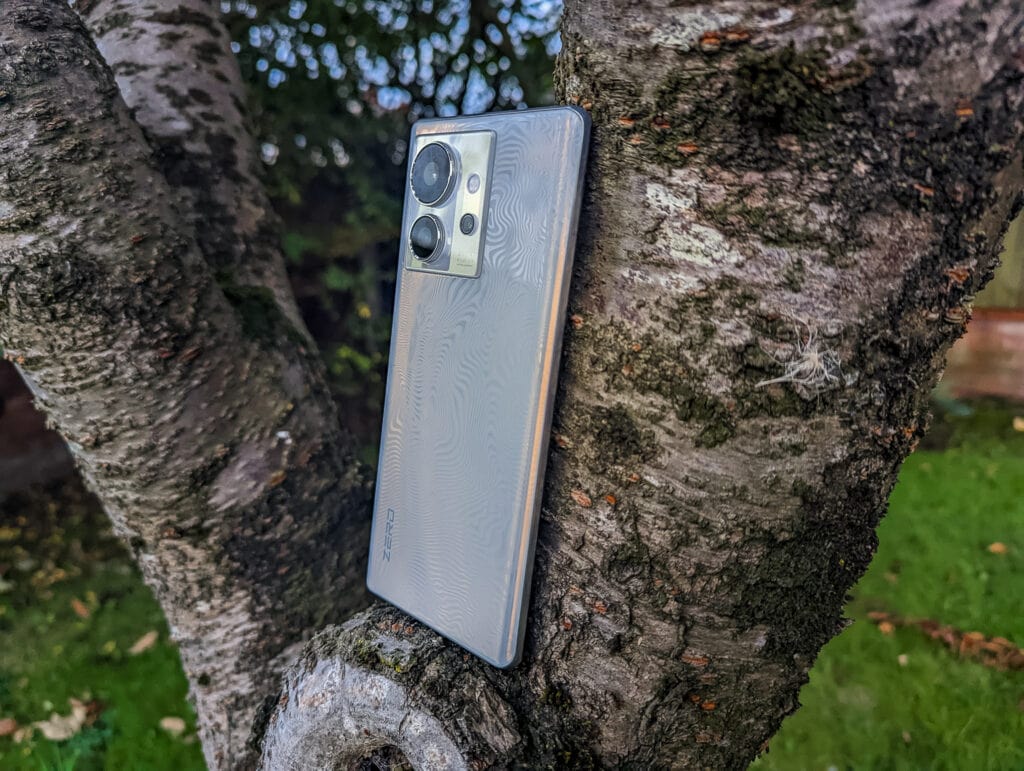
The overall design of this phone does give off a flagship vibe. Whether you love them or hate to use them, curved displays look attractive, and I love the shimmering white back. The overall look and build quality of the phone seems like it should cost significantly more than it does.
The camera bump is significant, but the included case has a raised lip around the camera which should protect the lenses.
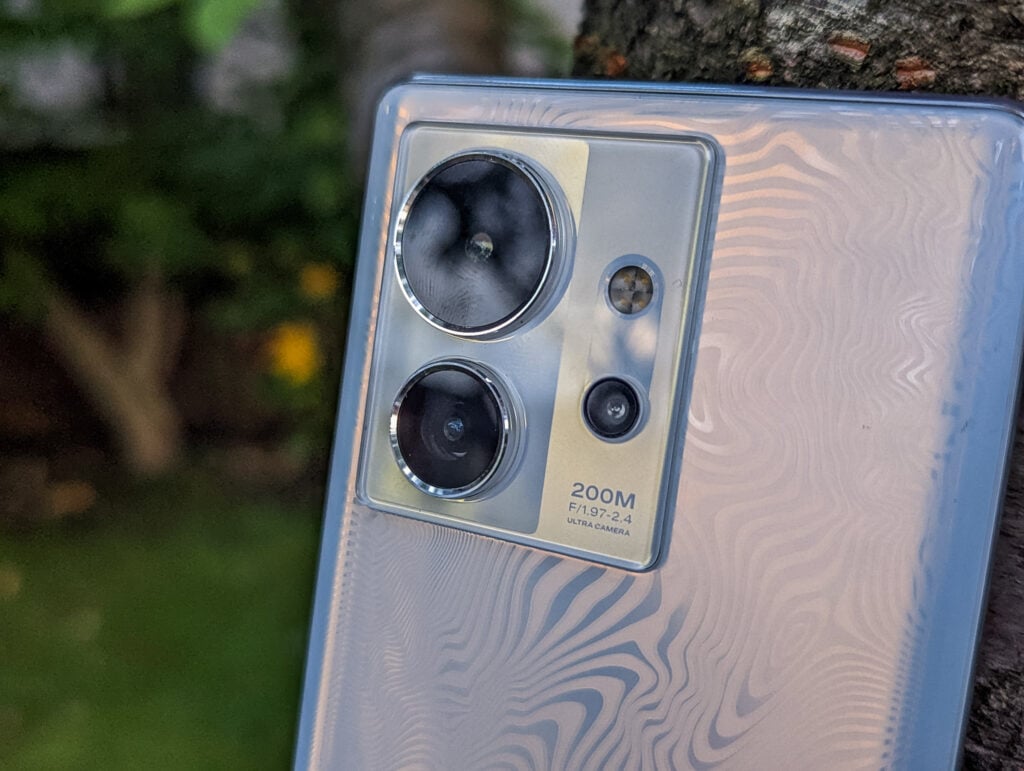
While the phone is quite weighty and feels well made, the rear of the phone is plastic. There is also no wireless charging or any IP rating, which are both features you’d expect to see from other brands’ flagship devices.
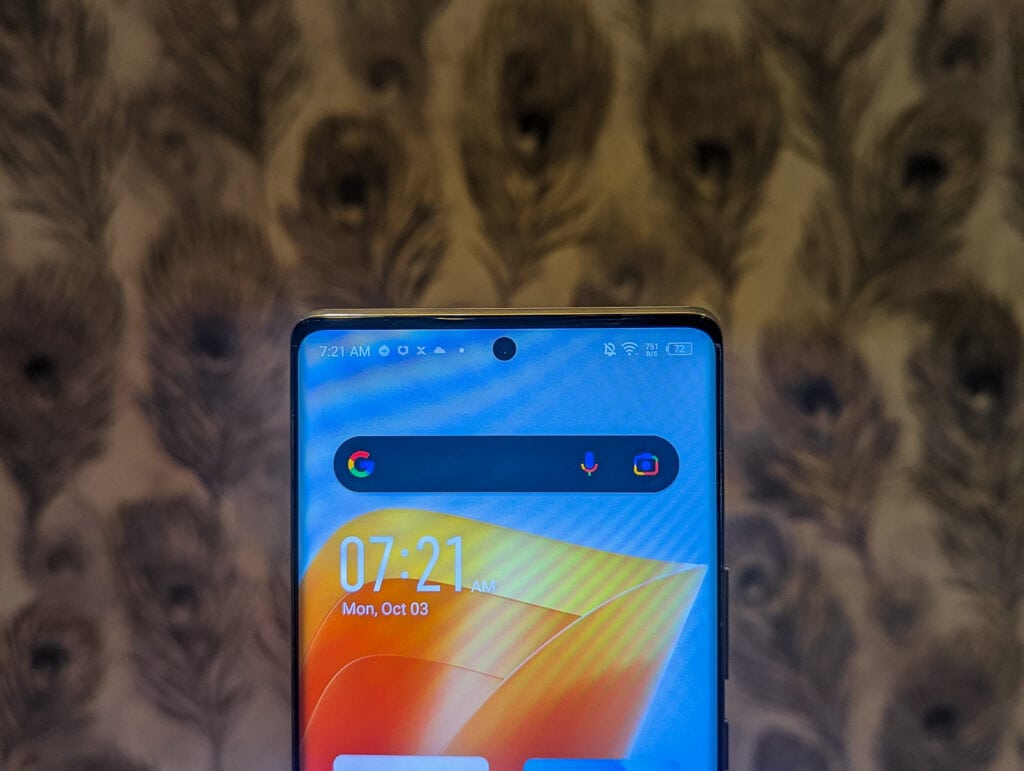
I don’t mind curved displays as much as some people, and this one is good. The UI doesn’t curve too much down the side, it only just touches the edges, so you don’t miss-swipe as much as you might on other phones. By default, it will use auto-refresh rate switching, but you can force either 60Hz or 120Hz.
For biometrics, you have an under-display fingerprint sensor and face unlock. Both have worked well for me so far, they both seem to be quick and accurate.
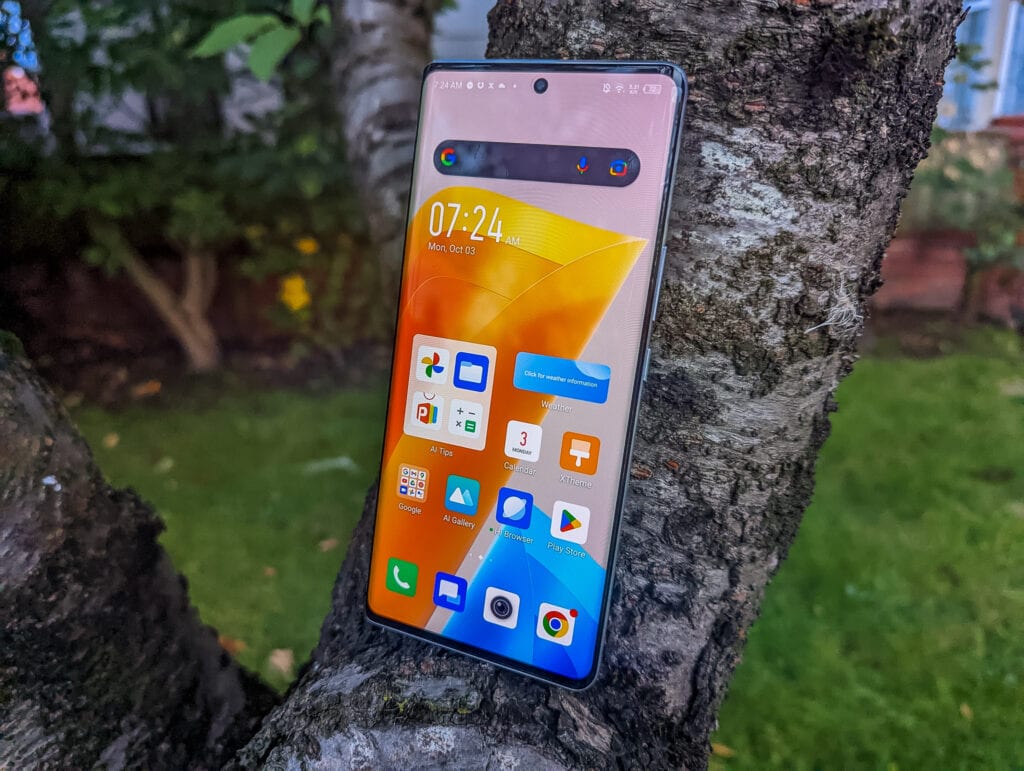
Camera
This is one of the first phones to launch with the 200MP Samsung ISOCELL HP1 (the Moto X30 Pro launched in China in August), which is a 1/1.22″ sensor and has Optical Image Stabilisation and 16-in-1 Pixel binning, which produces 12.5MP images.
The rest of the camera specification is unremarkable, as you’d expect for a phone at this price. It has a generic 13MP ultra-wide lens and a 2MP macro. On the front, you have a 32MP selfie camera.
Performance from the 13MP ultrawide is middling at best, like all other phones with this sensor. It is handy if you absolutely need to use it, but it’d be best to try and stick with the primary camera.
200MP Samsung ISOCELL HP1 Photo Quality
I was mostly interested in this new Samsung sensor. It is the first time I have used a phone with it, and it is interesting how Samsung and Sony have taken a different approaches to camera sensors
The popular 50 MP Sony IMX766 is a 1/1.56″ sensor, while my Pixel 6 is 50 MP and 1/1.31″. On paper, the Samsung ISOCELL HP1 should easily be the best camera.
When taking a photo at full 200MP resolution, there is a lot of lag while the phone processes it. I am not sure the MediaTek Dimensity 920 is the best chipset for such a demanding task. I also assume the storage speed limits the processing speed. The end result is a 200MP photo at 16384 × 12288 with a file size of 68.5MB. Photos taken with default mode, which uses 16 in 1 pixel binning, produces photos that at 12.5MP at 4064 × 3048 and 4.4MB in size.
With a 200MP photo, you can’t really tell the difference when you look on your phone or even when I use my monitor on my PC. However, when you zoom in on the details, the Samsung sensor does successfully capture a lot more detail than my Pixel 6.


The hardware specification of a camera is only half the story. Software processing is what keeps Pixel and iPhones at the top of their game.
Low light is often the downfall for most affordable phones, and this phone has varied results, which I need more time to test.
Outside at 5 am, taking the photo of a post box with a decent level of street lighting, it did better than my Pixel 6. It took a good photo and didn’t get lens flare which the Pixel suffered badly from.
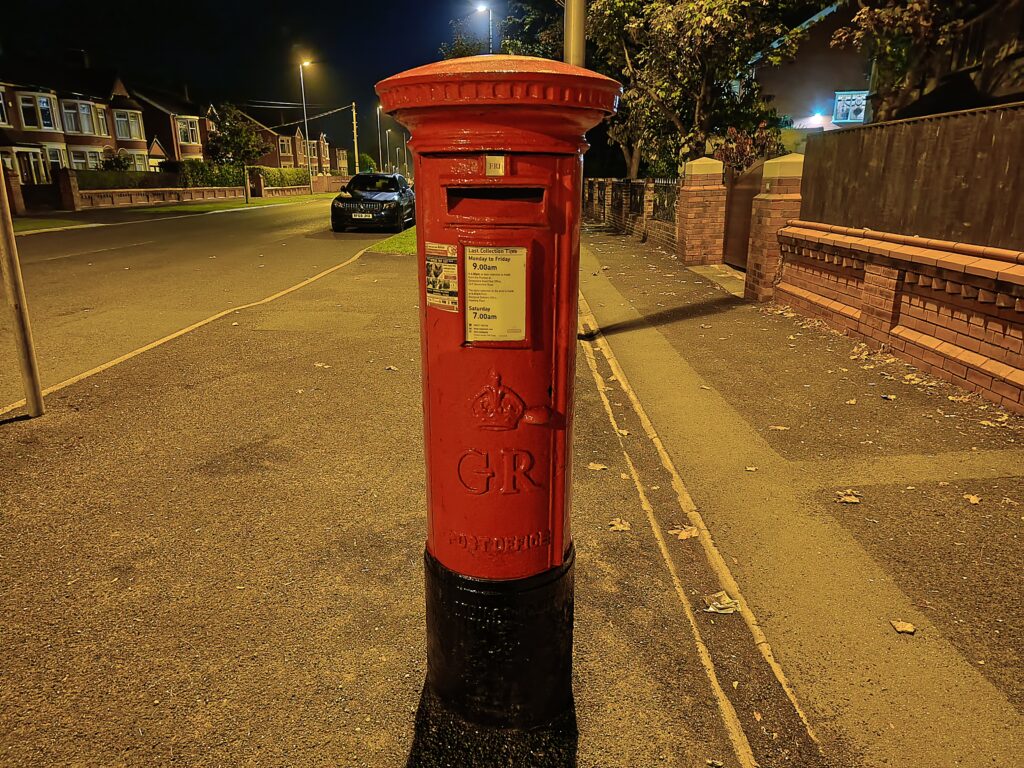
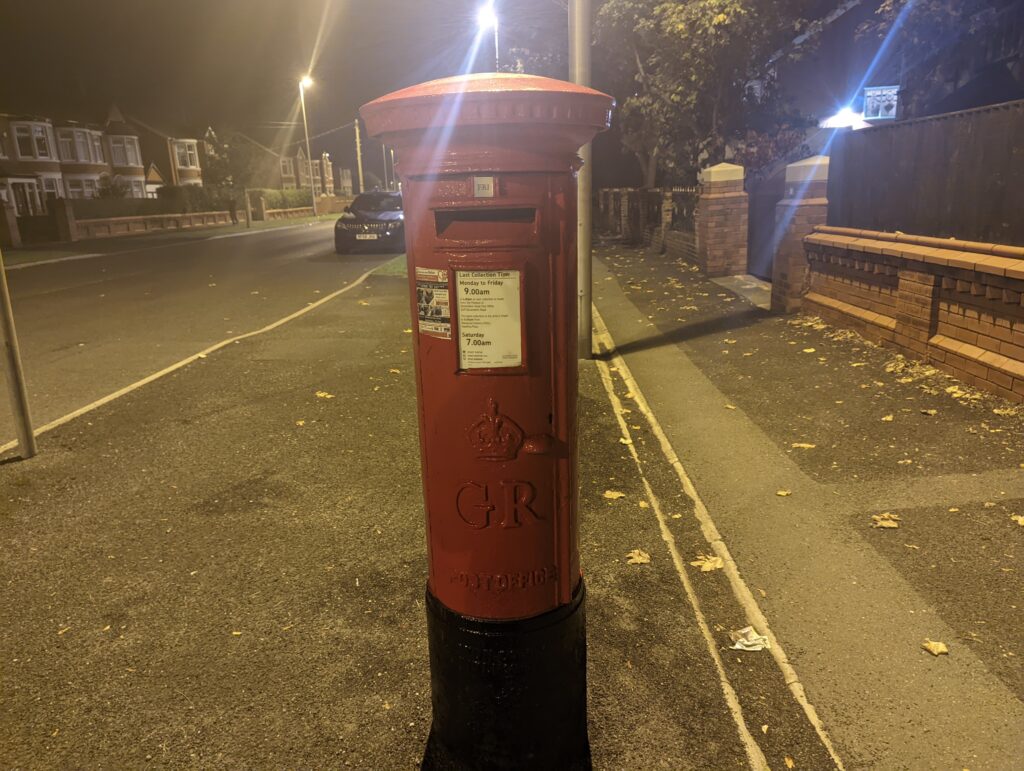
Moving into my front garden where the street lights are partially blocked. Performance reduces considerably. Neither the Pixel nor Infinix take a particularly great photo, but the Pixel 6 photo captures much more light.

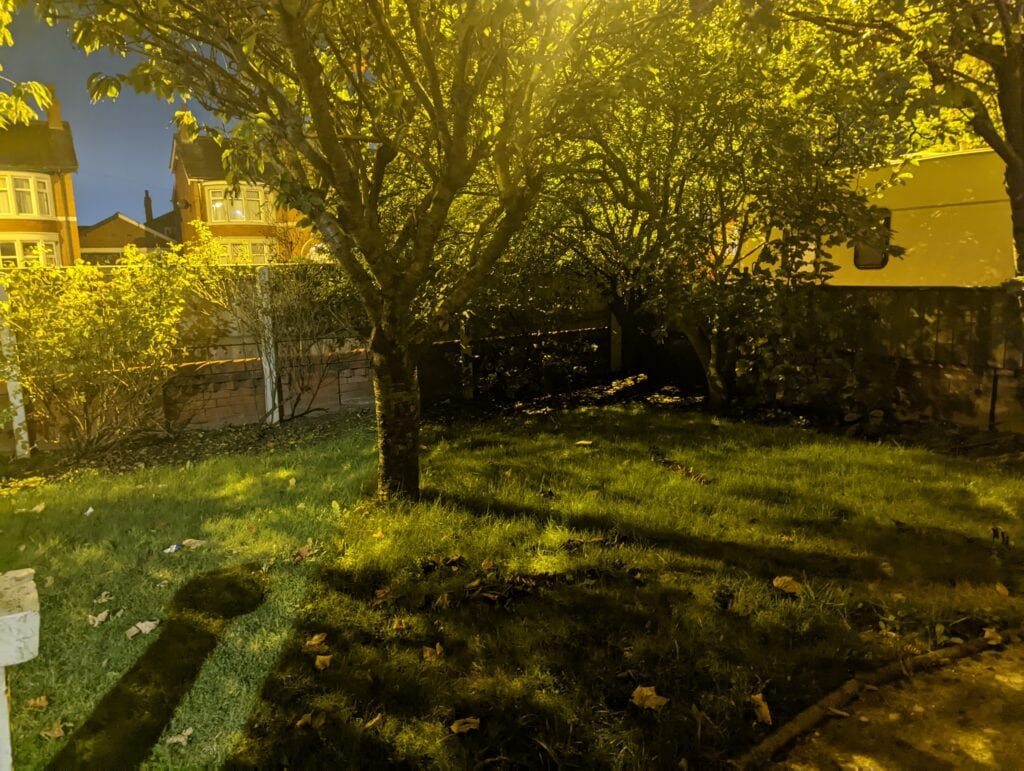
In a more synthetic test, I took a photo in my living room with no light sources in the room, just the light that came through from the hallway. In this scenario, it didn’t do very well. Much worse than the Pixel 6 and the Honor 70. No one is ever going to want to take a photo in these conditions, so it probably isn’t a huge problem.
For general day-to-day photography, the performance has been excellent. One thing I have noticed is it doesn’t produce the same over-exaggerated colours you find with Realme phones, though greens can still look a little saturated.
I need more time with the phone to form a more definitive opinion, but I am happy so far.
For video, the maximum resolution is 4K at 30FPS or 1080P at 60FPS. There is also only one option for stabilisation. This falls short of a lot of phones, and I suspect part of the problem is the limited processing power of the Dimensity 920 (vs the Tensor on my Pixel 6).
Photo Gallery



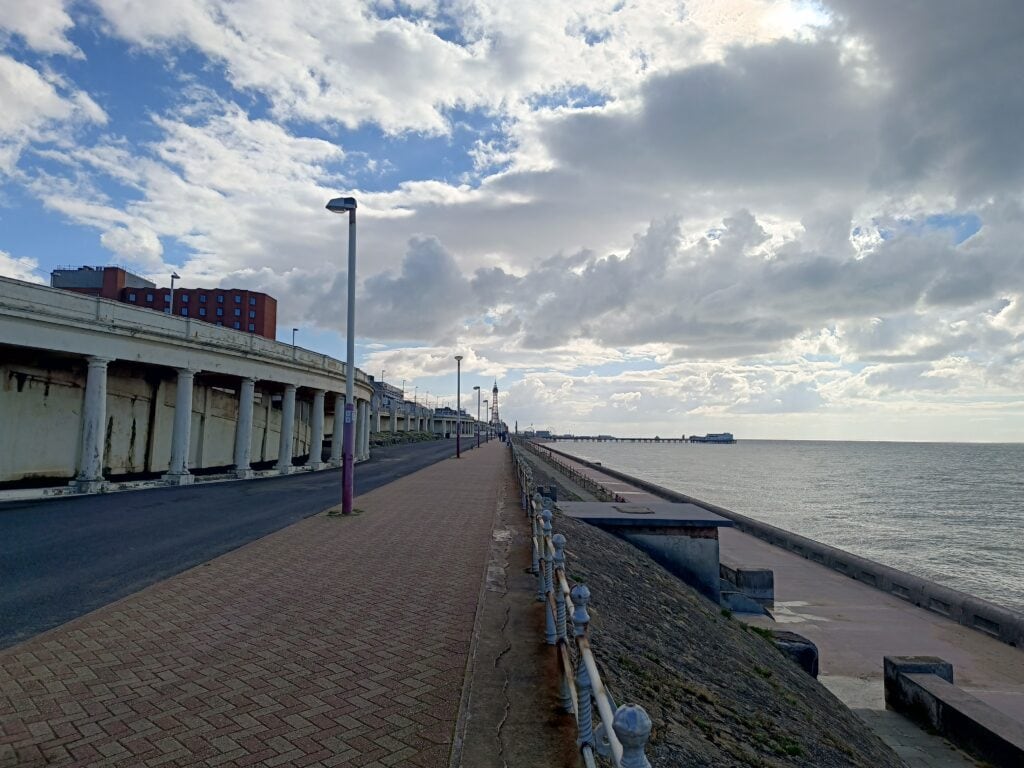
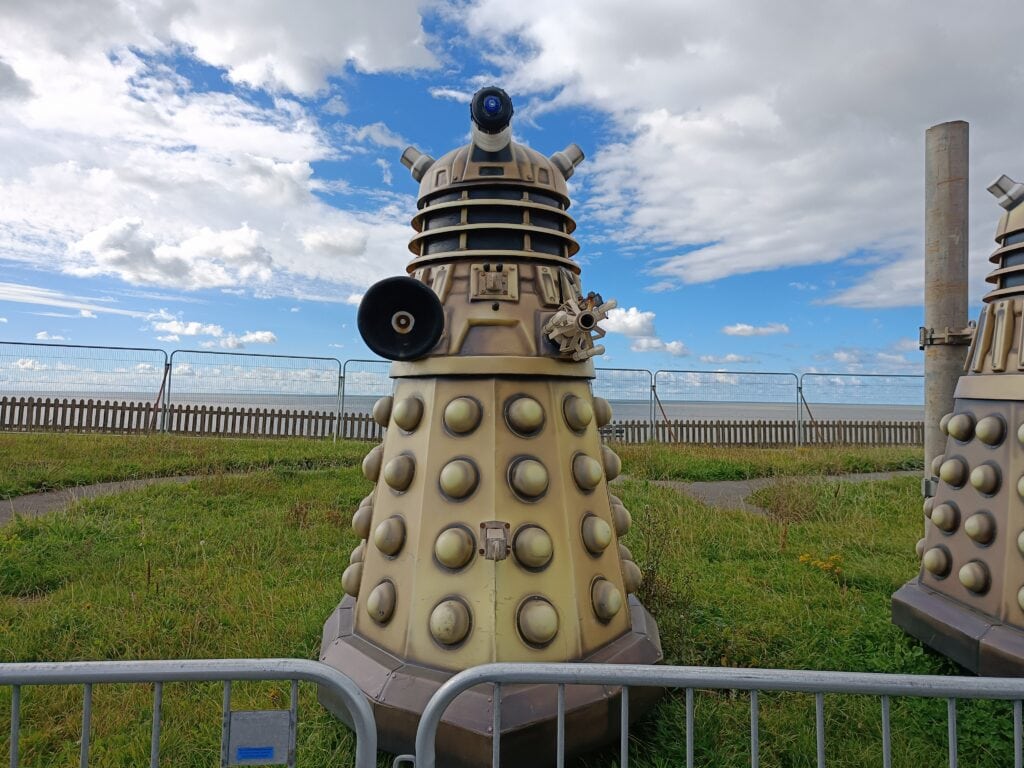



Performance and Thermal Throttling



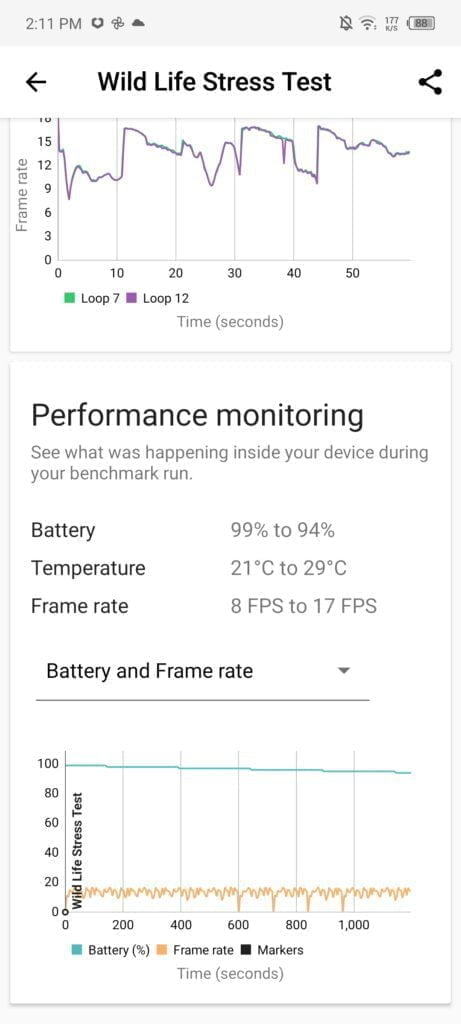
I have previously reviewed the Realme 9 Pro+ with the MediaTek Dimensity 920, where I benchmarked it extensively and compared the performance with the Snapdragon 778G and MediaTek Dimensity 1200-A.
The benchmarks are almost identical to the Realme 9 Pro+. Geekbench is a touch lower, but 3DMark Wildlife is the same.
It is a good mid-range chipset that can handle all day-to-day functions with ease. With this being marketed as a flagship device, I would have liked to see something a bit more powerful, the MediaTek Dimensity 8100 would have taken this phone to a completely different level allowing it to compete with proper flagships.
However, that would add to the price, and I suspect the target markets of this phone may not appreciate that.
Battery
This has a 4500mAh battery which seems to be about the average size nowadays. The mid-range Dimensity 920 chipset doesn’t require a lot of power (unlike flagship Qualcomm chips).
You should easily get through a full day of moderate to heavy use, and on days where you hammer the battery with things like GPS and photography, you can always top up with the insanely fast 180W Thunder Charge.
180W Thunder Charge
There seems to be mixed opinions about these new ultra-fast charge speeds. Personally, I like to have the option. I rarely charge Realme GT Neo 3 using its 150W charger, but I will be travelling a lot over the next two months, and I will be using the camera a lot plus GPS/Google Maps throughout the day. It doesn’t matter how big the battery is; it won’t last all day in this scenario. Therefore, I will appreciate being able to plug it in for 5 or 10 mins and get almost a full charge during my brief downtimes (0-100% in 19mins during my review).
I think the Infinix Zero Ultra is the fastest charging phone commercially available and is able to do 180W. It achieves this by effectively having two batteries and charging them at 90W each (like most phones with these high charge speeds).
Infinix claims this will do a full charge in just 12 minutes. However, there are caveats to this charging speed:
- You need to enable furious mode within the settings.
- You shouldn’t use the phone while charging.
- The screen should remain off while charging, if it is on longer than 60 seconds, the current will be limited, and the speed will be slower.
- The room temperature should be around 25°C (or lower, I assume). If the phone overheats, the charge speed will reduce.
This made testing the charge speed a little hard to monitor but it does seem to do a full charge in under 15 mins.
Software
This phone uses XOS 12 out of the box which is based on Android 12. I have experienced no significant problems with it; there have been no glitches or spelling mistakes like I have experienced with some other affordable brands.
However, like many other affordable brands, there is a boatload of bloatware. This includes a lot of Infinix own software, which can’t be uninstalled (but you can disable it). This includes things like:
- XArena
- XClub
- InSync
- My Heath
- Palm Store
- Phone Master
- Hi Browser (meaning you have two browser installed)
- And quite a bit more
None of these apps do much that is intrusive, so you can happily ignore them, I’d just prefer to not have them on my phone.
Price, Availability and Alternative Options
As with all Infinix phones, it is unlikely this will be available in the UK. My review sample did come with an EU-style plug, but I assume other countries will use this too.
I have not been informed exactly where this is launching. The press release states prices and availability for the ZERO Series products will vary based on region.
The ZERO ULTRA should cost around $520 (£470/€530), and the ZERO 20 around $270.
In the UK, the Realme 9 Pro+ is probably the closest competitor, priced at £329. It has the same chipset then the superb 50MP Sony IMX766 camera. However, it has a flat display with a 90Hz refresh rate and much slower charging with 60W.
If this launched in the UK with the above £470 price point, that would put it in the same price bracket as the Honor 70 and the current price of the Pixel 6 (£460 on Amazon) or a bit higher than the RRP of the Pixel 6A which is £399.
Overall
I have been impressed with the Infinix Zero Ultra, it looks like a premium flagship phone, and it has features that many £1k phones lack, such as the 180W charging and 200MP primary sensor.
The MediaTek Dimensity 920 is a good mid-range chipset, but it would have been nice for something with a little more grunt, such as the Dimensity 1200 or 8100. This would, of course, raised the cost, and I assume $520 is quite expensive for the target markets.
I won’t make any grand claims about this being one of the best camera-focused phones, but I have been impressed with the main 200MP Samsung ISOCELL HP1 camera. I need more time to test it in sub-optimal conditions to form a proper opinion.
Overall, this is excellent and well worth considering if it is available in your region.
Infinix Zero Ultra Review Rating
Summary
There is a lot to like about the Infinix Zero Ultra. Depending on price and availability, it could make a good choice for the mid-range/upper mid-range market thanks to its excellent camera, fast charging and premium build design.
Overall
85%-
Overall - 85%85%
Pros
- 200MP camera is genuinely good
- 180W charging makes this the fastest charging phone on the market
- Build quality and aesthetic are excellent
Cons
- Dimensity 920 is perhaps a bit to mid-range for a $520 phone
I am James, a UK-based tech enthusiast and the Editor and Owner of Mighty Gadget, which I’ve proudly run since 2007. Passionate about all things technology, my expertise spans from computers and networking to mobile, wearables, and smart home devices.
As a fitness fanatic who loves running and cycling, I also have a keen interest in fitness-related technology, and I take every opportunity to cover this niche on my blog. My diverse interests allow me to bring a unique perspective to tech blogging, merging lifestyle, fitness, and the latest tech trends.
In my academic pursuits, I earned a BSc in Information Systems Design from UCLAN, before advancing my learning with a Master’s Degree in Computing. This advanced study also included Cisco CCNA accreditation, further demonstrating my commitment to understanding and staying ahead of the technology curve.
I’m proud to share that Vuelio has consistently ranked Mighty Gadget as one of the top technology blogs in the UK. With my dedication to technology and drive to share my insights, I aim to continue providing my readers with engaging and informative content.

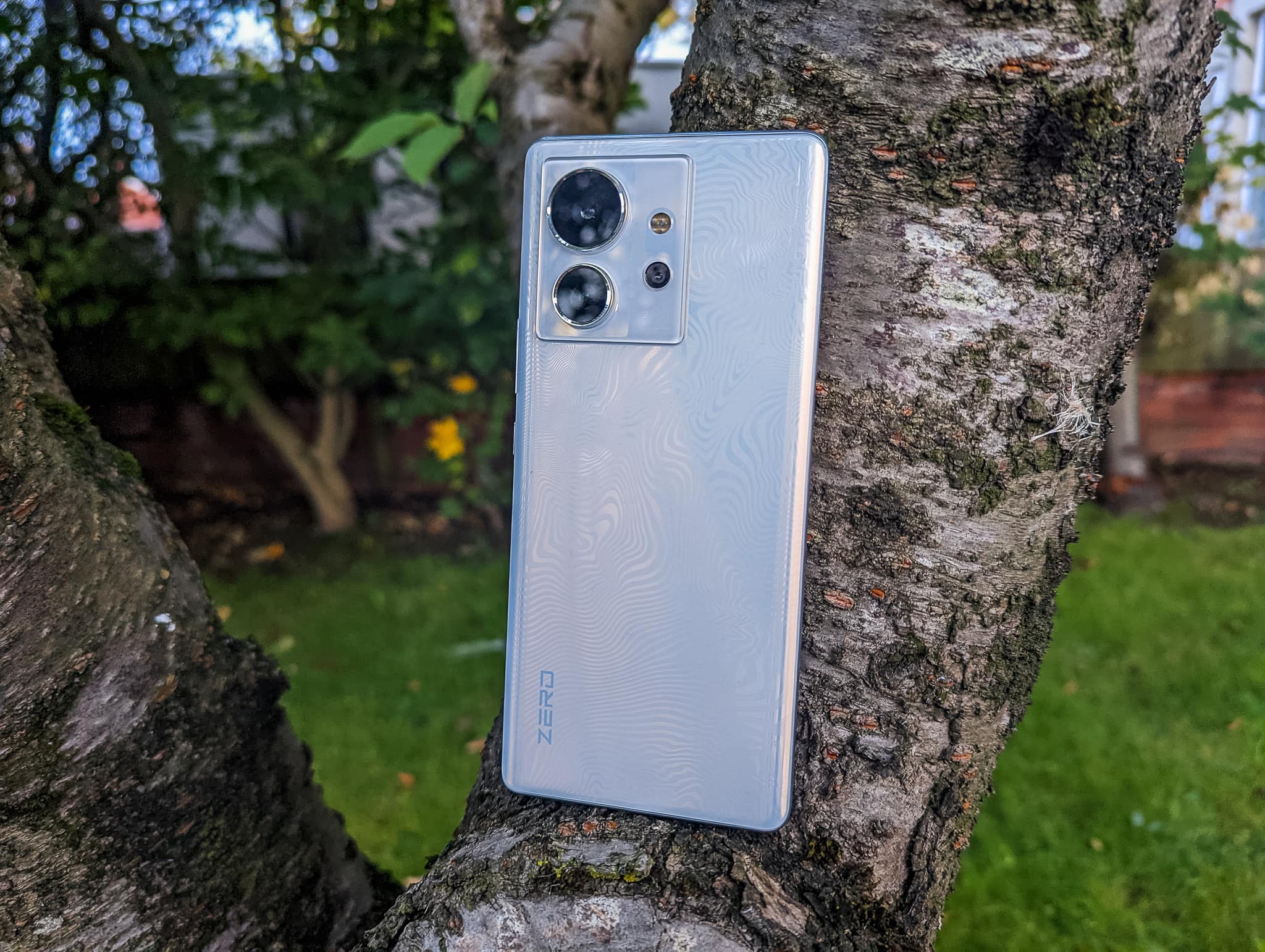
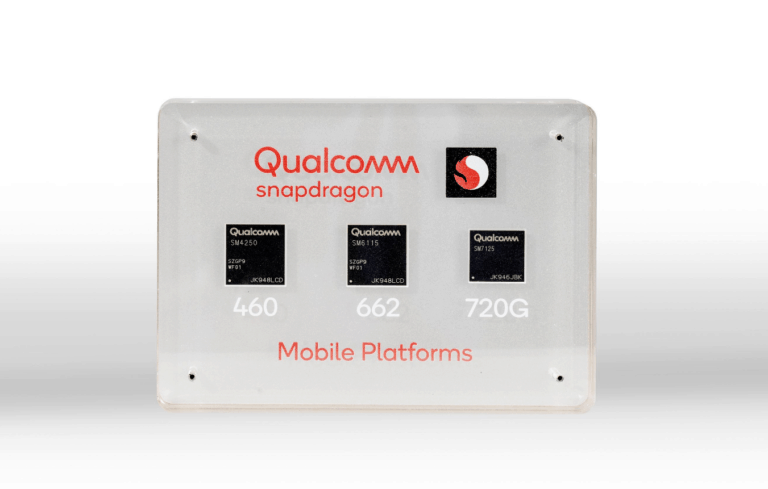
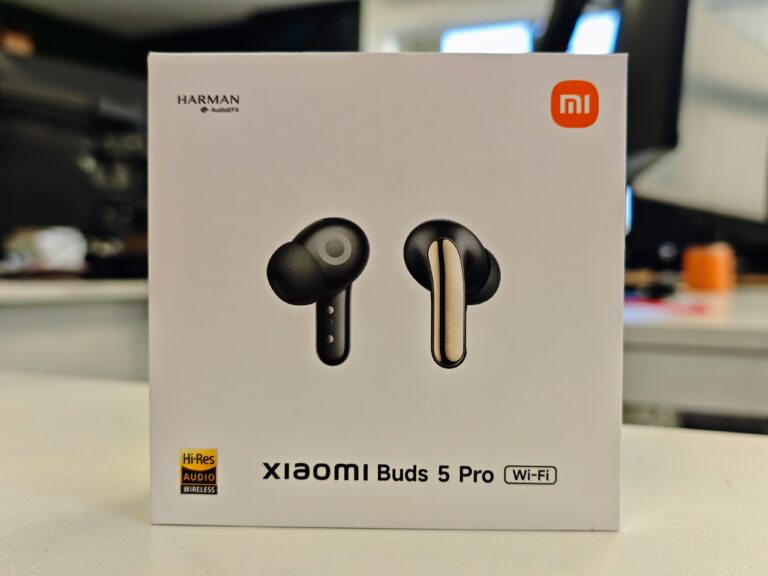
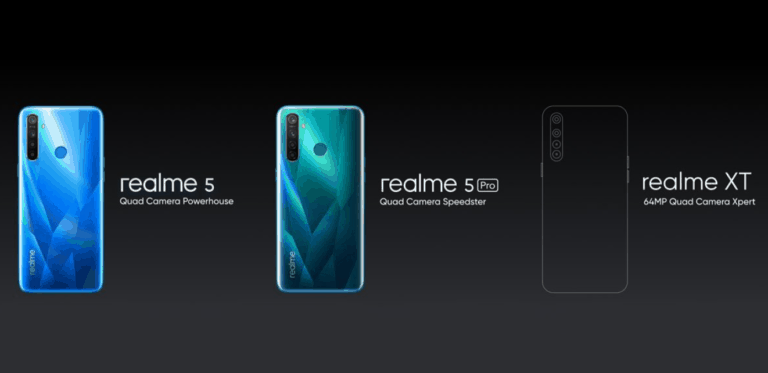

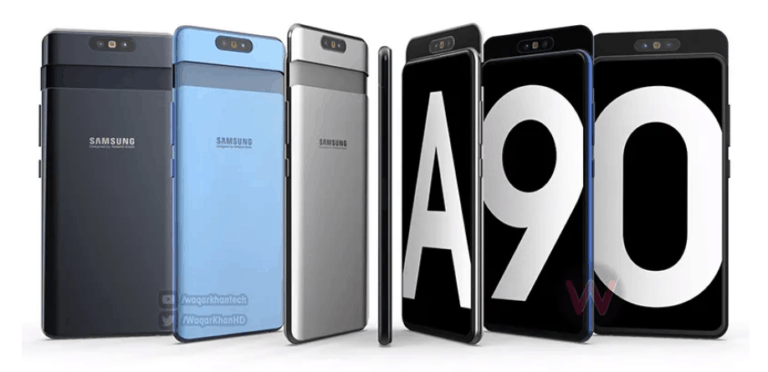

The camera setup having a 200-mp is really commendable, and the Mediatek dimensity 920 chipset is one of the solid features. Infinix is doing great!
This smartphone comes equipped with some decent features and specifications together with the Mediatek Dimensity 920 chipset.